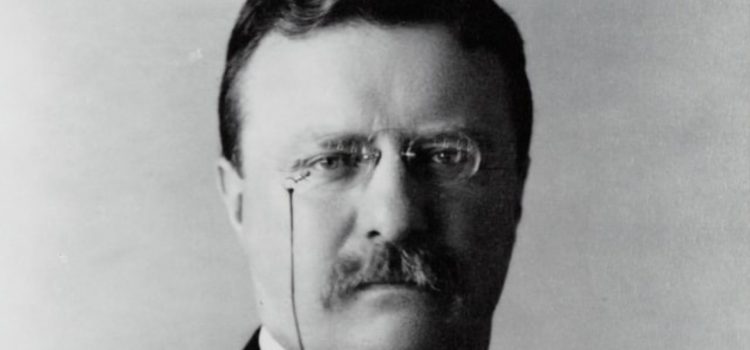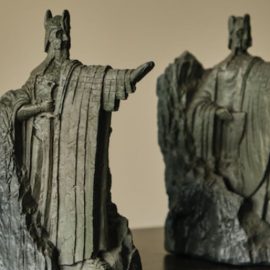

This article is an excerpt from the Shortform book guide to "Leadership: In Turbulent Times" by Doris Kearns Goodwin. Shortform has the world's best summaries and analyses of books you should be reading.
Like this article? Sign up for a free trial here .
What is Theodore Roosevelt known for? What was the key turning point in Roosevelt’s leadership?
According to Doris Kearns Goodwin, Teddy Roosevelt’s greatest achievements as a president would not have happened if it wasn’t for his family tragedy. He was stricken with immense grief, which made him dive deeply into his work, setting a chain of events that were instrumental in Roosevelt developing qualities that were essential to how he handled the 1902 coal strike.
Here’s how Roosevelt’s crisis taught him bias to action.
Theodore Roosevelt and How He Learned to Act
According to historian Doris Kearns Goodwin, Teddy Roosevelt, who led the country from 1901 to 1909, struggled with the limits of presidential power and ultimately expanded it in a major way: He was the first president to ever settle a labor dispute. He was instrumental during the coal strike of 1902, when coal miners and mine owners faced off in a months-long strike that threatened to plunge the nation into crisis.
(Shortform note: Following the precedent Roosevelt set, several later American presidents also got involved in labor disputes. However, these interventions weren’t always as well-received as Roosevelt’s. Notably, during the Korean War, President Harry S. Truman determined that striking steelworkers were damaging the war effort and seized steel mills—a move the Supreme Court later declared unconstitutional.)
Goodwin contends that Roosevelt’s decision to intervene during this strike is evidence of courage and a bias towards action—both of which he developed after experiencing his own personal crisis.
How Roosevelt’s Crisis Taught Him to Act
Goodwin explains that Roosevelt’s crisis began in February 1884, when both his wife and mother died on the same day. This personal crisis quickly expanded into a professional one: Roosevelt tried to deal with his tragedy by diving into his work as a New York state assemblyman, but his bullish methods of pushing laws quickly alienated his colleagues, leading Roosevelt to leave the legislature.
(Shortform note: Roosevelt chose to deal with his grief by returning to work, but many modern Americans are forced to return to work while in the throes of grief because they have only a few days of bereavement leave. If you’re facing this situation, you can ensure that, unlike Roosevelt, you remain productive and can relate positively to your colleagues by following experts’ tips for returning to work while grieving, like taking regular breaks and setting boundaries regarding what you’ll discuss with colleagues.)
In response, Goodwin argues, Roosevelt made two moves—the first of which led him to develop the courage he’d demonstrate during the later coal strike of 1902. Goodwin explains that Roosevelt embarked on a journey of healing by spending two years at a North Dakota ranch. This was both a physical and spiritual journey. Roosevelt was never a physically gifted man, but he regularly exposed himself to physical challenges at the ranch. He was often afraid of these physical challenges—but by repeatedly facing them anyway, he learned to be brave and not let fear stop him.
(Shortform note: According to High Performance Habits author Brendon Burchard, there are four types of courage. By exposing himself to physical challenges, Roosevelt developed psychological courage, which is when you overcome a personal fear or anxiety and grow. The other three types of courage are physical courage (when you put yourself in physical danger for a worthy cause), moral courage (when you stand up for your beliefs in the face of adversity), and everyday courage (when you maintain positivity in the face of uncertainty).)

———End of Preview———
Like what you just read? Read the rest of the world's best book summary and analysis of Doris Kearns Goodwin's "Leadership: In Turbulent Times" at Shortform .
Here's what you'll find in our full Leadership: In Turbulent Times summary :
- How great leaders grow from tragedy and personal challenges
- How FDR’s polio diagnosis helped him lead the country through the Great Depression
- Why Lyndon B. Johnson’s heart attack instrumental to the civil rights movement






